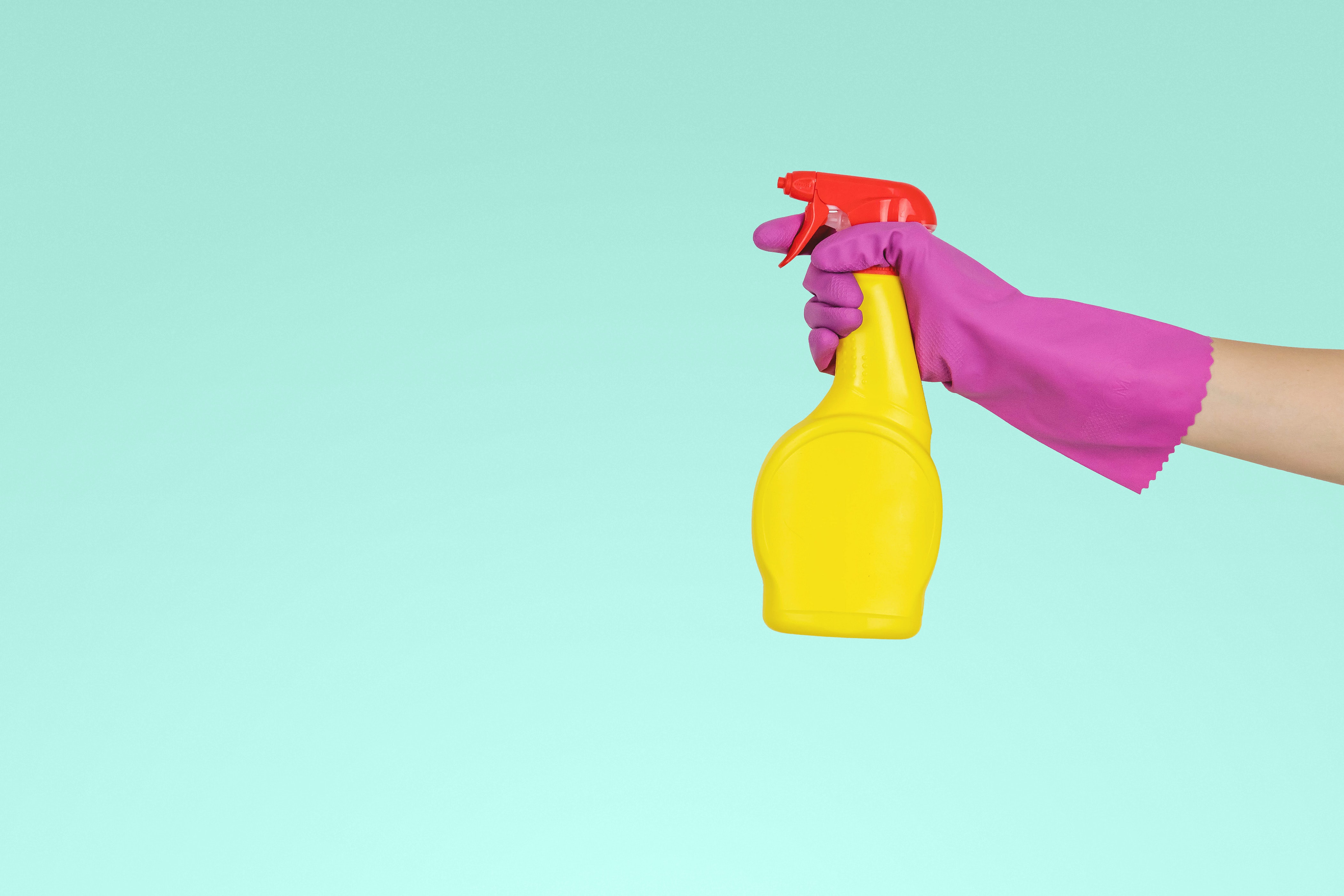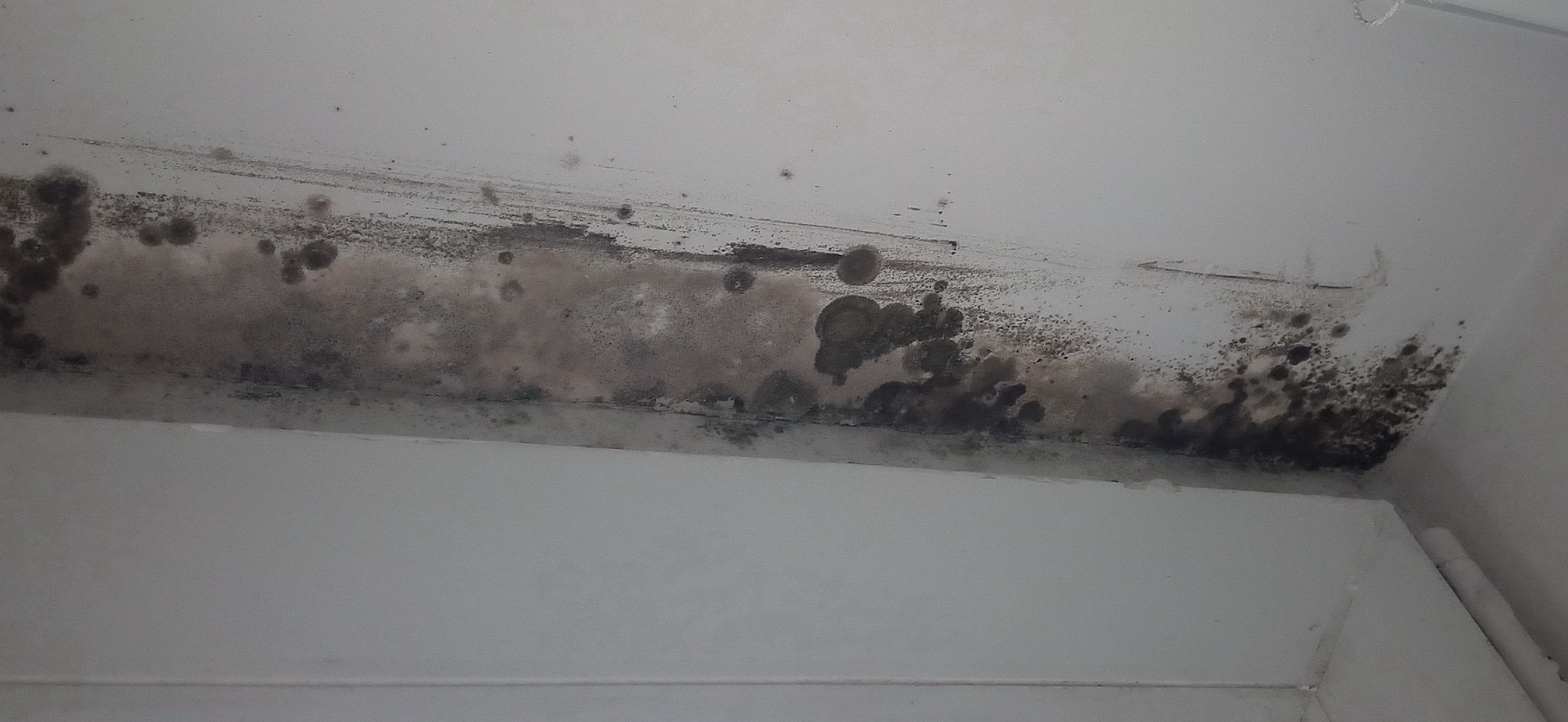Eliminating the source of moisture, promoting airflow to keep your home cool and dry, regularly using mold-killing cleaning agents, and regularly observing your home for any signs of leaks or damage is a good way to start combating mold growth.
As a homeowner, it can be unsettling to spot dark spots on your walls or floors. If you’re familiar with these stains and the mildewy smell they emit, you’re aware that they’re more than meets the eye. To most people, these spots are signs of mold growth, and they can cause significant damage to your home if not treated properly.
Other than being unsightly, mold can be a danger to your household. The presence of mold, especially toxic black mold, in your home can result in health problems such as allergic reactions, respiratory symptoms, and even death.
Mold growth can happen anywhere in your home since it only requires two things— moisture and material to grow on. Mold spores are all around us and keeping them from entering our homes is impossible, unless you want to cover your home in a giant sterilized bubble. So, instead of focusing on keeping mold out, you should shift your attention and energy to handling mold growth if it happens in your home.
Thankfully, mold growth that is caught early on can be easily removed and remediated. So, one of the most important things you can do for your home to keep mold growth at bay is to keep an eye out for any signs of mold growth in the first place such as spots on surfaces and a mildewy smell.
In this article, we’re going to teach you five ways to handle mold growth in your home.
- Eliminate sources of moisture
The first and most important thing you should do is eliminate the sources of moisture. These can come in different forms such as leaks, cracks, or even floods. Leaks can come from a variety of sources such as broken pipes or malfunctioning appliances such as washing machines. Cracks in your foundation can also bring water into your home.
Depending on where the water is coming from, you should get rid of its sources. This might mean getting your leaky pipes repaired, fixing up your foundations, or getting your washing machines repaired if it’s broken.
- Keep an eye on pipes and walls
Since we’ve mentioned that sources of water can come from various places such as pipes or cracks in your foundation, it’s imperative that you keep an eye on your pipes and walls. Pipes that are poorly maintained can burst anytime and foundation that is rarely checked on might have cracks that need to be patched up.
Rarely checking your pipes and home overall can cause existing problems to become even more severe. So, to keep mold growth at bay, observing your home regularly will surely decrease the chances of any leaks or cracks from getting too bad. It can also be a good way to stop water from entering your home, which solves half of the problem.
- Get rid of contaminated items
If mold has made its way to your furniture and other items, there may be things you can salvage and things you will have to throw away. Mold on hard surfaces is fairly easy to remove, whereas, on porous surfaces such as wood or fabrics, they can be harder to get rid of.
If you spot any stained items, try your best to clean them with some detergent and water. Materials such as wood can be difficult to clean if they are infested with mold, so you might have to throw wooden items away if they are severely contaminated.
- Keep your home cool and dry
Since mold thrives in damp and humid environments, the best way to combat its growth is by keeping your home cool and dry. You can do this by increasing airflow and air circulation so your home has plenty of ventilation.
If you live in a tropical climate or if you have certain areas of your home where ventilation is limited, such as basements or bathrooms, then you might need to install a dehumidifier or air conditioners to promote airflow.
Having decent air circulation will prevent high humidity and mold growth. Bathrooms without proper ventilation can be a breeding ground for mold. If your bathroom is lacking ventilation and proper airflow, it might be time for a bathroom remodel.
- Regularly use mold-killing cleaning products in your home
Lastly, if mold is a common problem you deal with, regularly cleaning your home with mold-killing cleaning products is a great way to keep mold growth at bay. Depending on the severity of the mold problem you have on your hands, the strength of the product will also differ.

One of the most common mold-killing products is bleach. However, this chemical is only great at removing mold on non-porous surfaces and emits toxic fumes, which can be dangerous to inhale. Another product that’s just as effective is baking soda. Baking soda is a famous, safe, and natural substance often used in household cleaning. If you’d like to try something a bit safer to remove mold, baking soda is your best bet.
Wrapping Up
Handling mold can be stressful, especially if you have no idea what to do. Not to mention, having mold present in a home can cause a lot of problems for the household and the house itself. If you’re planning to rent out your home, but mold is present, it can cause some issues with the rental contract, which can bring about a slew of problems and affect your credibility as a landlord.
The good news is that there are several things you can do to deal with mold in your home. Eliminating the source of moisture, promoting airflow to keep your home cool and dry, regularly using mold-killing cleaning agents, and regularly observing your home for any signs of leaks or damage is a good way to start combating mold growth and protecting your home from future infestations.


Join the conversation!